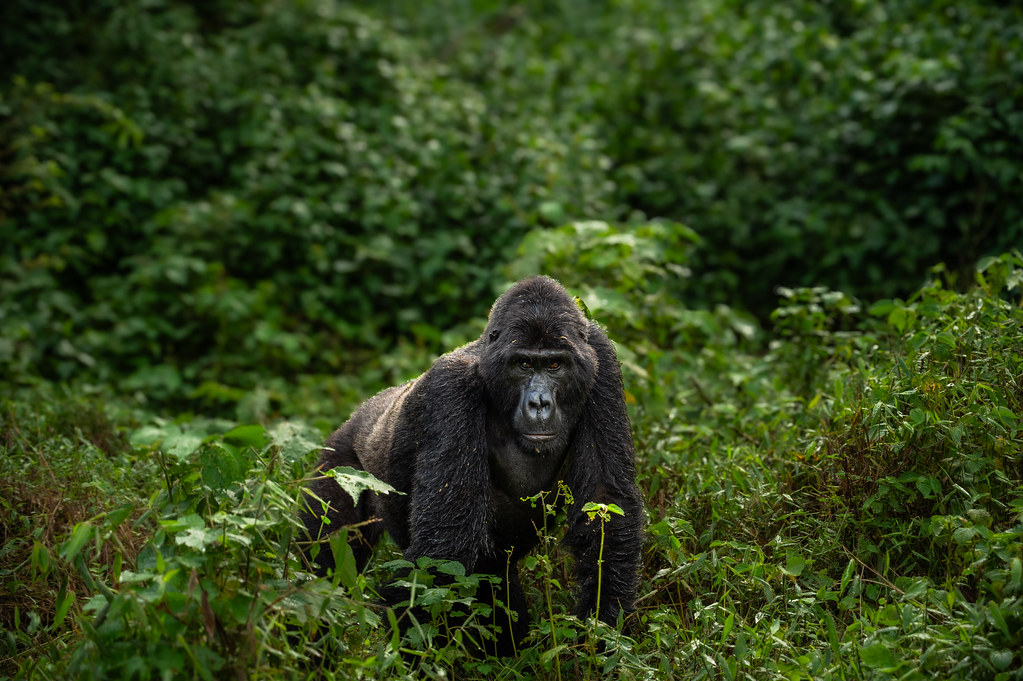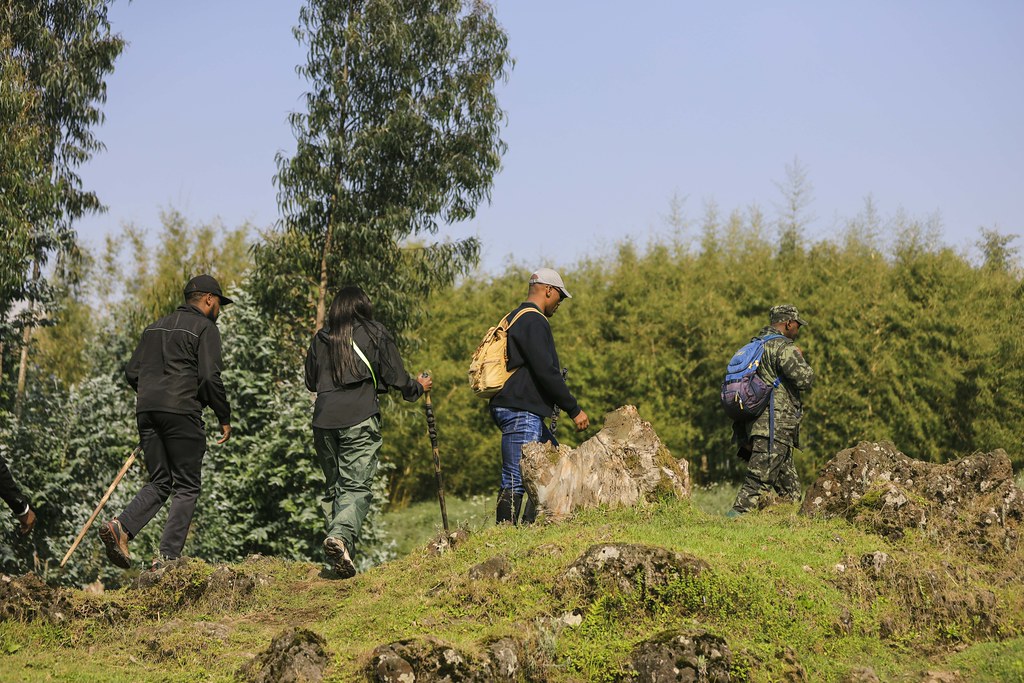Ecosystem Role of Mountain Gorillas: Why These Gentle Giants Matter
Understanding the Ecosystem Role of Mountain Gorillas
The ecosystem role of mountain gorillas goes far beyond their iconic status as endangered species. These gentle giants, found in the montane forests of Uganda, Rwanda, and the Democratic Republic of Congo, serve as silent architects of their habitat. From shaping forest dynamics to supporting local economies through tourism, mountain gorillas are crucial to both biodiversity and community survival.
Why are mountain gorillas endangered — Why are gorillas important to the ecosystem — Mountain gorilla habitat — What would happen if mountain gorillas went extinct — What do mountain gorillas eat — Mountain gorilla conservation efforts — Mountain gorillas scientific name — How many mountain gorillas are left
Why Are Mountain Gorillas Endangered?
Mountain gorillas are classified as endangered due to habitat loss, poaching, disease, and human encroachment. Despite significant conservation progress, they remain vulnerable. The ecosystem role of mountain gorillas makes their survival more than a species issue—it’s about maintaining balance in one of Africa’s richest ecosystems.
Mountain Gorilla Habitat and Natural Range
Mountain gorillas live in high-altitude rainforests between 1,500 and 4,000 meters above sea level. Their range includes the misty slopes of the Virunga Volcanoes and Uganda’s Bwindi Impenetrable National Park. These biodiverse ecosystems thrive, in part, because of the gorillas’ active presence in seed dispersal and vegetation control.
The Ecosystem Role of Mountain Gorillas in Seed Dispersal
One of the most direct ways mountain gorillas support their ecosystem is through seed dispersal. By feeding on a wide variety of fruits and moving across forested terrain, they scatter seeds that later germinate and restore plant life. This natural process supports other wildlife and sustains the forest canopy that plays a vital role in absorbing carbon dioxide.
How Mountain Gorillas Maintain Ecological Balance
The ecosystem role of mountain gorillas also includes controlling vegetation. Gorillas consume large amounts of leaves, stems, and shoots every day. This feeding behavior helps manage plant growth and keeps the habitat diverse. Without gorillas, the unchecked spread of certain plant species could throw the entire food chain off balance.
What Would Happen If Mountain Gorillas Went Extinct?
If mountain gorillas disappeared, the forests they help sustain would face slow but steady degradation. Seed dispersal would decline, plant diversity would suffer, and the overall health of the ecosystem could collapse. Their extinction would also mean the loss of a key species that indirectly supports numerous insects, birds, and smaller mammals.
Mountain Gorilla Diet and Ecological Impact
Mountain gorillas primarily eat vegetation—fruits, leaves, stems, and roots—but their diet occasionally includes ants, termites, and soil. Their role as herbivores places them as vital regulators within the forest ecosystem. The ecosystem role of mountain gorillas includes turning over soil while foraging, which supports plant growth and nutrient cycling.
The Scientific Classification of Mountain Gorillas
Mountain gorillas belong to the species Gorilla beringei beringei, a subspecies of the Eastern gorilla. Their genetic uniqueness adds another reason why conservation is critical—not just for biodiversity, but for understanding primate evolution and the history of life in central Africa.
How Many Mountain Gorillas Are Left?
As of the latest counts, just over 1,000 mountain gorillas remain in the wild. Thanks to conservation efforts, their numbers have stabilized and even increased in some regions. However, protecting the ecosystem role of mountain gorillas means ensuring long-term survival, not just counting heads.
Conservation Efforts Supporting the Ecosystem Role of Mountain Gorillas
Protecting gorillas protects the forest. Conservation programs focus on anti-poaching patrols, habitat preservation, veterinary care, and community outreach. Revenue from gorilla trekking permits supports these initiatives and incentivizes local communities to safeguard the parks.
Eco-Tourism and Community Impact
The ecosystem role of mountain gorillas extends to people, too. Gorilla trekking in Uganda, Rwanda, and Congo brings in vital tourism revenue. This money funds ranger salaries, conservation science, and infrastructure development everything from schools to hospitals in communities near gorilla parks.
Gorilla tourism also inspires global awareness. Visitors who connect with these animals become long-term advocates for conservation, helping to ensure the survival of the species and their habitat.
Mountain gorillas are more than a conservation icon they’re a keystone species shaping the very forests they inhabit. Their influence stretches from biodiversity to eco-tourism, from forest regeneration to climate regulation. Preserving the ecosystem role of mountain gorillas is not just about saving an animal. It’s about protecting a living system that supports wildlife, communities, and the health of our planet.



